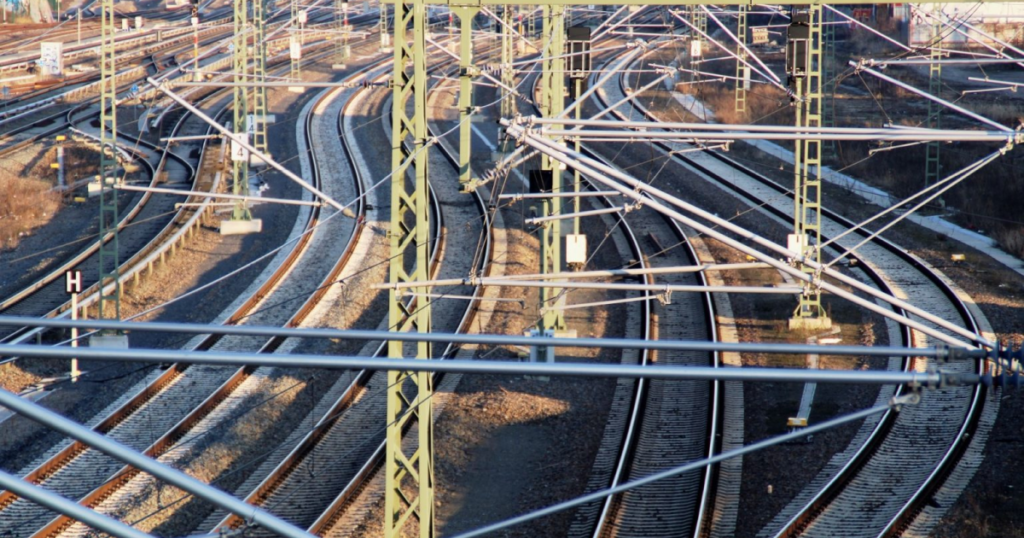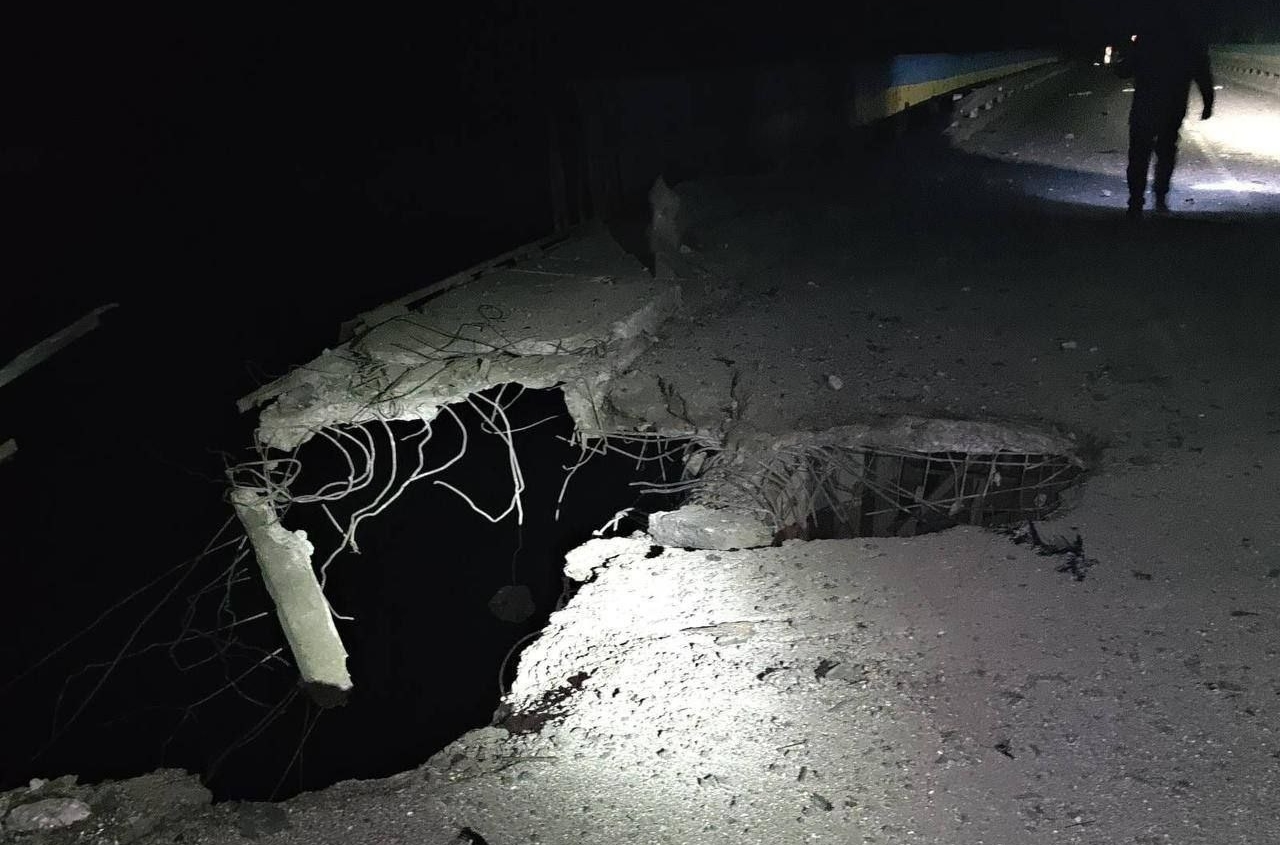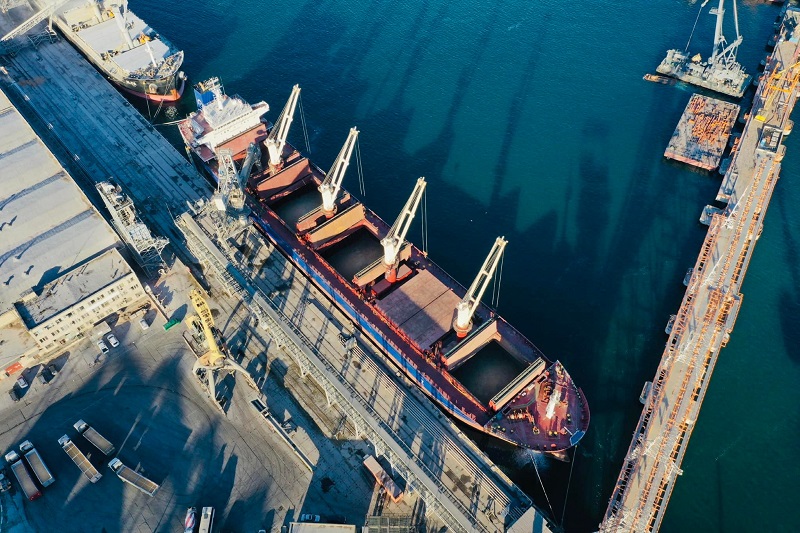Ukrzaliznytsia's initiative to raise freight tariffs by 37% could lead to a 1.18% drop in Ukraine's GDP, or UAH 95.8 billion, and a nearly 3% decrease in exports, or UAH 97.8 billion.
These findings come from a study by the state enterprise Ukrpromzovnisheksppertyza.
Taking into account the infrastructure component of the railway tariff, a 37% increase would raise the cost of rail freight transportation for various types of goods by 26–31%.
Additionally, the tariff indexation by Ukrzaliznytsia will result in a reduction of freight volumes by 27 million tons per year and a decrease in production of 23 million tons of various goods. Among the sectors most affected will be metal ore mining (-5.38%, or -UAH 30.8 billion) and metallurgy (-6.9%, or -UAH 63.6 billion). There will also be significant declines in output in trade (-0.96%, or -UAH 21.5 billion) and transport (-1.02%, or -UAH 10.0 billion).
According to Ukrpromzovnisheksppertyza, metallurgy (-6.9%), the mining industry (-5.3%), and building materials production (-4.2%) will suffer the most. This particularly concerns coal (supplied to thermal power plants), iron ore (supplied to metallurgical plants), construction materials and cement (interregional transport), as well as export shipments.
Due to rising tariffs, Ukrainian producers may switch to road transport where possible. However, for most types of products, rail remains essential or hard to replace — alternative modes are mainly viable for transporting grain, timber, and petroleum products. A shift to road transport would also place additional strain on the country’s logistics infrastructure.
Experts suggest considering alternative ways to offset Ukrzaliznytsia’s losses, such as state subsidies, selling off non-core assets, or revising the tax burden to mitigate the negative impact on the economy.
The estimates reflect data as of the end of 2024.




















